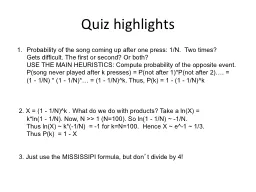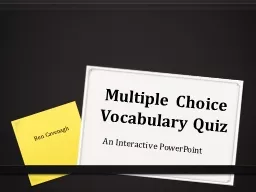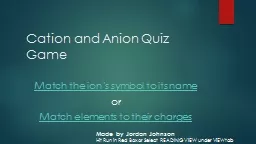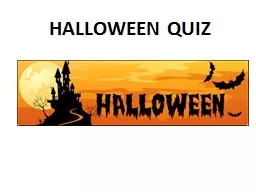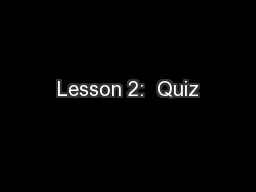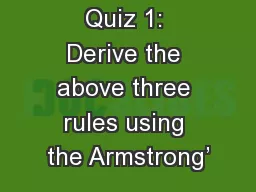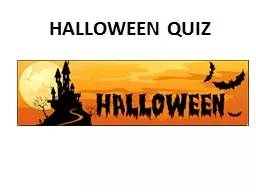PPT-Quiz highlights
Author : jane-oiler | Published Date : 2016-09-05
Probability of the song coming up after one press 1N Two times Gets difficult The first or second Or both USE THE MAIN HEURISTICS Compute probability of the opposite
Presentation Embed Code
Download Presentation
Download Presentation The PPT/PDF document "Quiz highlights" is the property of its rightful owner. Permission is granted to download and print the materials on this website for personal, non-commercial use only, and to display it on your personal computer provided you do not modify the materials and that you retain all copyright notices contained in the materials. By downloading content from our website, you accept the terms of this agreement.
Quiz highlights: Transcript
Download Rules Of Document
"Quiz highlights"The content belongs to its owner. You may download and print it for personal use, without modification, and keep all copyright notices. By downloading, you agree to these terms.
Related Documents

